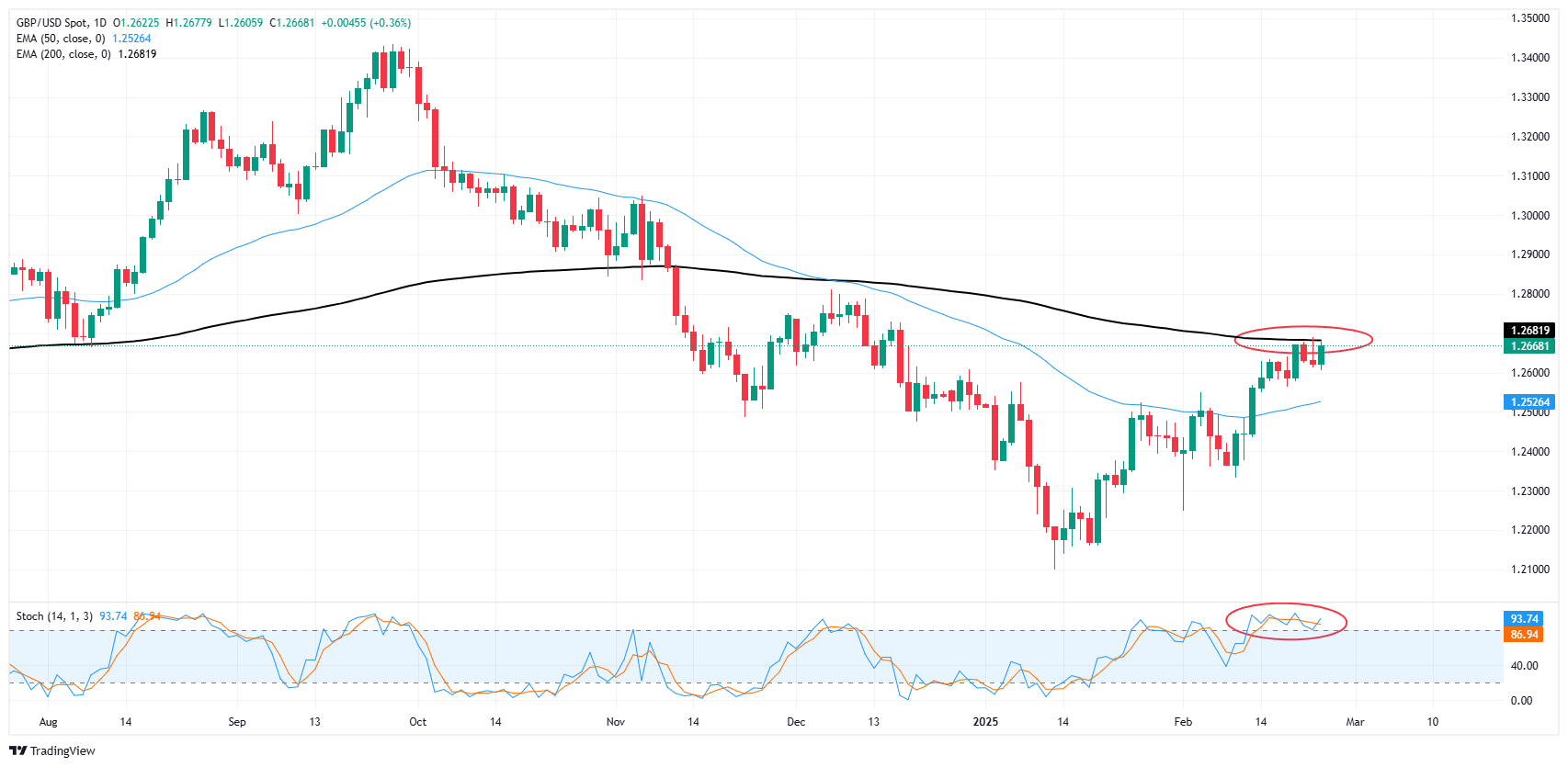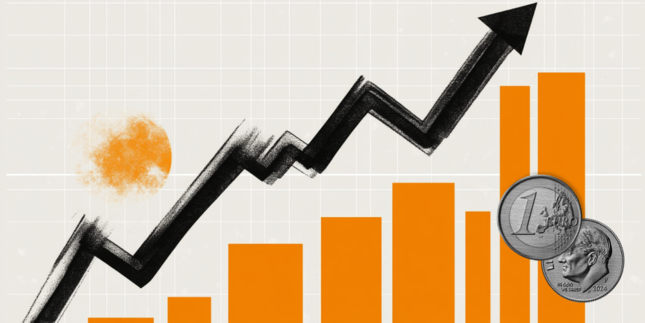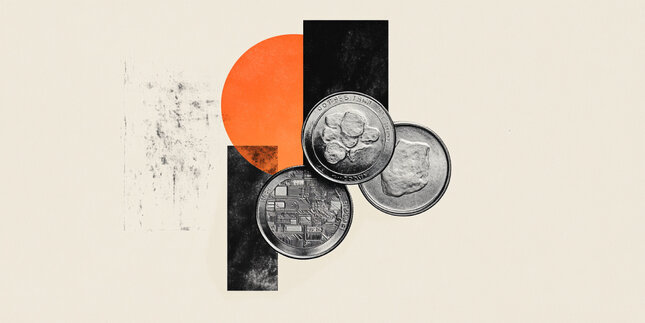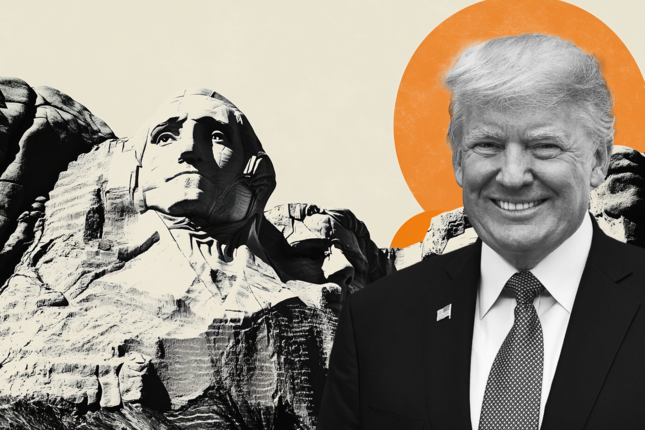GBP/USD continues to churn near key technical levels
- GBP/USD churns near familiar territory as markets await developments.
- Cable caught an early lift on Tuesday, and shrugged off near-term risk fears.
- US data continues to point to a worsening economic outlook.
GBP/USD caught a small lift on Tuesday, bolstering Cable back into the high end of near-term consolidation and keeping bids pinned close to the 200-day Exponential Moving Average (EMA). US consumer sentiment dipped in February, adding more weight to economic slowdown concerns, and US President Donald Trump has reaffirmed his intent to impose stiff import taxes on his own citizens as a trade war threat against the US’ closest trading partners.
Forex Today: Concerns over the US economy are picking up pace
Despite weakening consumer sentiment, driven largely by fears of President Trump’s own tariff packages, Cable maintained a positive tilt on Tuesday. Despite a fresh go around the wheel of President Trump’s trade war attempts, markets continue to believe that the US President will find an 11th hour reason to kick the can down the road on his own tariff threats.
Wednesday is a relatively thin showing on the data calendar for both the US and UK sides of the docket, though markets are looking ahead to this week’s US Gross Domestic Product (GDP) print, due on Thursday. Friday will close out the week with an update on US Personal Consumption Expenditure (PCE) inflation, a key print that investors are hoping will show a recent upturn in headline Consumer Price Index (CPI) inflation won’t reach core inflation metrics.
GBP/USD price forecast
Tuesday’s bullish tilt in Cable trading leaves GBP/USD hamstrung near the 200-day EMA around 1.2680. Bulls have managed to keep the pair buoyed on the high end after a remarkable 4.7% recovery from mid-January’s swing low near 1.2100, however a hard technical ceiling is priced in just south of thew 1.2700 handle.
GBP/USD daily
Pound Sterling FAQs
The Pound Sterling (GBP) is the oldest currency in the world (886 AD) and the official currency of the United Kingdom. It is the fourth most traded unit for foreign exchange (FX) in the world, accounting for 12% of all transactions, averaging $630 billion a day, according to 2022 data. Its key trading pairs are GBP/USD, also known as ‘Cable’, which accounts for 11% of FX, GBP/JPY, or the ‘Dragon’ as it is known by traders (3%), and EUR/GBP (2%). The Pound Sterling is issued by the Bank of England (BoE).
The single most important factor influencing the value of the Pound Sterling is monetary policy decided by the Bank of England. The BoE bases its decisions on whether it has achieved its primary goal of “price stability” – a steady inflation rate of around 2%. Its primary tool for achieving this is the adjustment of interest rates. When inflation is too high, the BoE will try to rein it in by raising interest rates, making it more expensive for people and businesses to access credit. This is generally positive for GBP, as higher interest rates make the UK a more attractive place for global investors to park their money. When inflation falls too low it is a sign economic growth is slowing. In this scenario, the BoE will consider lowering interest rates to cheapen credit so businesses will borrow more to invest in growth-generating projects.
Data releases gauge the health of the economy and can impact the value of the Pound Sterling. Indicators such as GDP, Manufacturing and Services PMIs, and employment can all influence the direction of the GBP. A strong economy is good for Sterling. Not only does it attract more foreign investment but it may encourage the BoE to put up interest rates, which will directly strengthen GBP. Otherwise, if economic data is weak, the Pound Sterling is likely to fall.
Another significant data release for the Pound Sterling is the Trade Balance. This indicator measures the difference between what a country earns from its exports and what it spends on imports over a given period. If a country produces highly sought-after exports, its currency will benefit purely from the extra demand created from foreign buyers seeking to purchase these goods. Therefore, a positive net Trade Balance strengthens a currency and vice versa for a negative balance.
Forex News
Keep up with the financial markets, know what's happening and what is affecting the markets with our latest market updates. Analyze market movers, trends and build your trading strategies accordingly.























